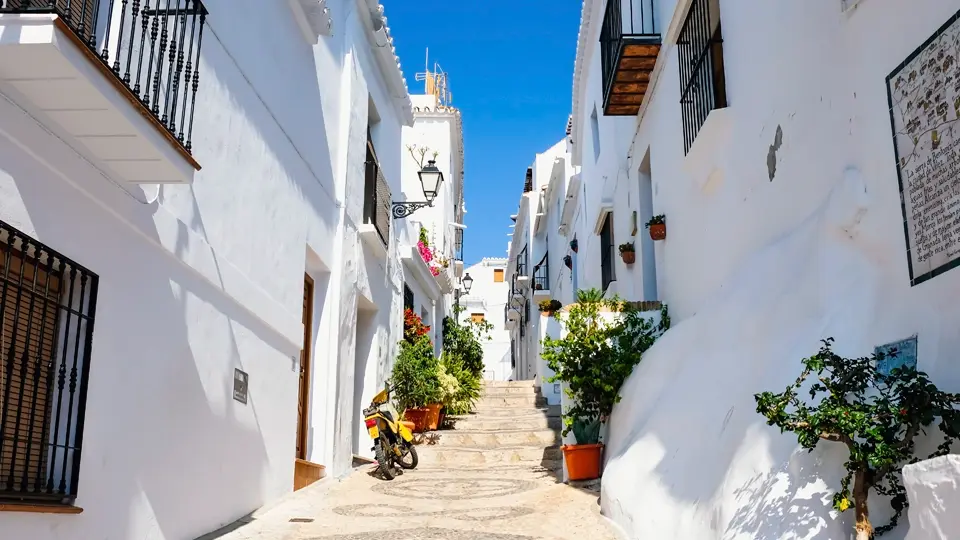The Tropical Coast: The Best Climate in Europe
Some places in the world seem to have been designed expressly for human enjoyment. One of these treasures is the Costa Tropical, located in southern Spain between the coasts of Málaga and Granada. This corner of the world is where time stands still, where the light caresses, and where the air smells of sea and history.
The Costa Tropical does not receive its name by chance. It is the only place in continental Europe where mangoes, custard apples, avocados, and papayas grow. This phenomenon occurs thanks to a humid subtropical microclimate that cannot be found anywhere else in Europe.
Can you imagine sitting on a terrace in the middle of January without needing a coat? Here, it’s possible
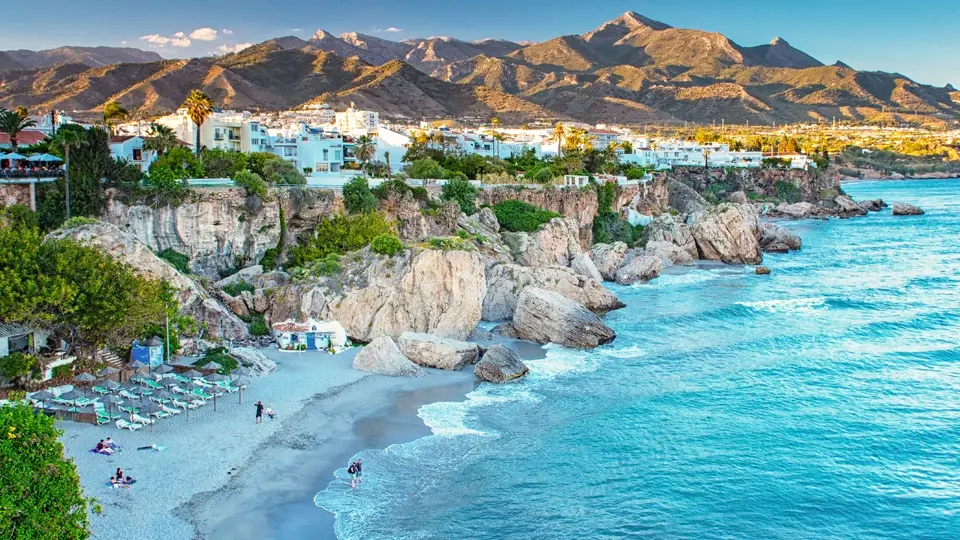
This climatic paradise extends from La Herradura to Motril and includes gems such as Almuñécar, Salobreña, and Castell de Ferro. The phenomenon also extends to eastern Axarquia, where towns like Nerja and Torrox boast the best climate in Europe.
This is not just a tourist slogan. Meteorological studies by MeteoGroup confirm this. For example, Torrox enjoys more than 300 days of sunshine per year and maintains an average annual temperature of 18°C. It has mild winters and warm, yet not extreme, summers.
The result is more than just meteorological data; it’s a high quality of life.
This exceptional microclimate has shaped not only the landscape but also a relaxed, luminous way of life deeply connected to the land where the sea and mountains embrace, creating postcard-worthy views.
WHY DOES THE COSTA TROPICAL HAVE THE ONLY SUBTROPICAL CLIMATE IN EUROPE?
When we look at a map, we discover the first key: its location. This stretch of Granada’s coastline is situated at a very specific latitude, but this alone does not explain its exceptionality. However, other elements come into play that create a perfect climatic symphony.
The Mediterranean acts as a gigantic natural thermostat, softening temperatures and maintaining a pleasant annual average of 18°C.
The imposing Almijara and Tejeda mountain ranges act as a protective barrier against cold northern winds. This mountainous barrier blocks the icy currents and generates the phenomenon known as a “pluviometric shadow.” The clouds discharge their water when they collide with the mountains, resulting in scarce but sufficient rainfall on the coast to nourish the land.

Unlike other Mediterranean regions, there is no room for extremes here. Winters are mild, with temperatures rarely dropping below 10°C, and summers are warm but moderate thanks to the sea breeze.
This exceptional combination enables the cultivation of tropical fruits that cannot be grown anywhere else in Europe. Mangoes, custard apples, avocados, and papayas find their European home here.
Nature has created a small subtropical paradise in the middle of the European continent where every day is an invitation to live outdoors.
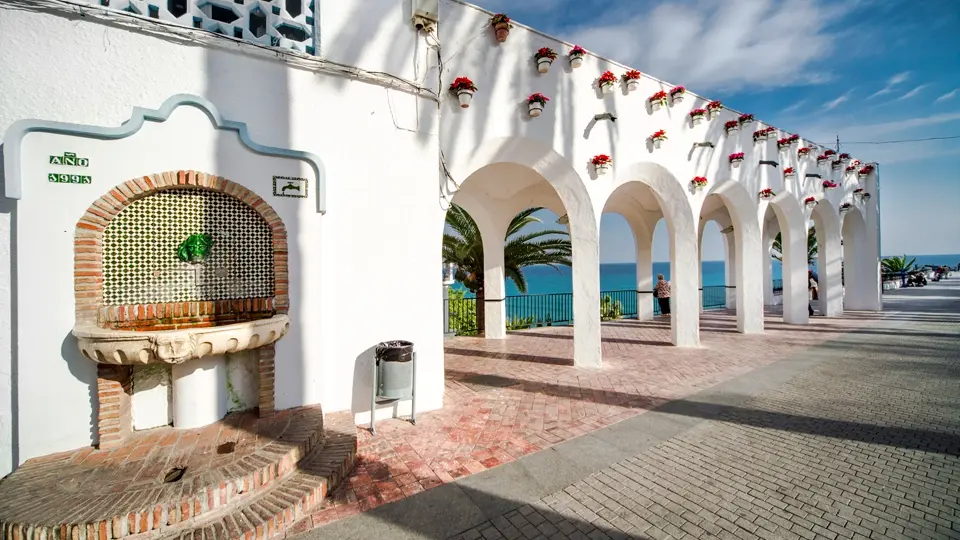
TAKE A TOUR OF THE VILLAGES WITH THE PERFECT CLIMATE
The villages along the Costa Tropical are true Mediterranean treasures that I have had the good fortune to explore personally. Each has its own character, but they all share the special climate that makes them unique in Europe.
Much more than its famous Balcony of Europe, Nerja captivates with its narrow white streets that lead to crystal-clear beaches where sunsets are experienced as true rituals. A few kilometers away, the Nerja Caves hold an incredible historical treasure: cave paintings that may be the oldest in the world. They remind us that this place has been special since time immemorial.
If you escape the hustle and bustle, you will discover Maro, a place nestled between cliffs and avocado groves where time seems to have stopped. The tranquility here is unique.

Following the coast, Almuñécar and Salobreña emerge like white jewels amid the blue sea and green tropical plantations. Their Moorish castles silently oversee a coastline where history is evident in every corner. The Moorish neighborhoods have retained their original layout and transport you to other times as you enjoy the current climate.
La Herradura, with its crescent-shaped bay, and the more intimate and authentic Castell de Ferro complete this route, which ends in Motril, the economic heart of the region.
If you dream of exploring these magical places with perfect weather, don’t hesitate to contact Carameltrail to start planning your dream trip to Spain. We know every secret of this privileged land.
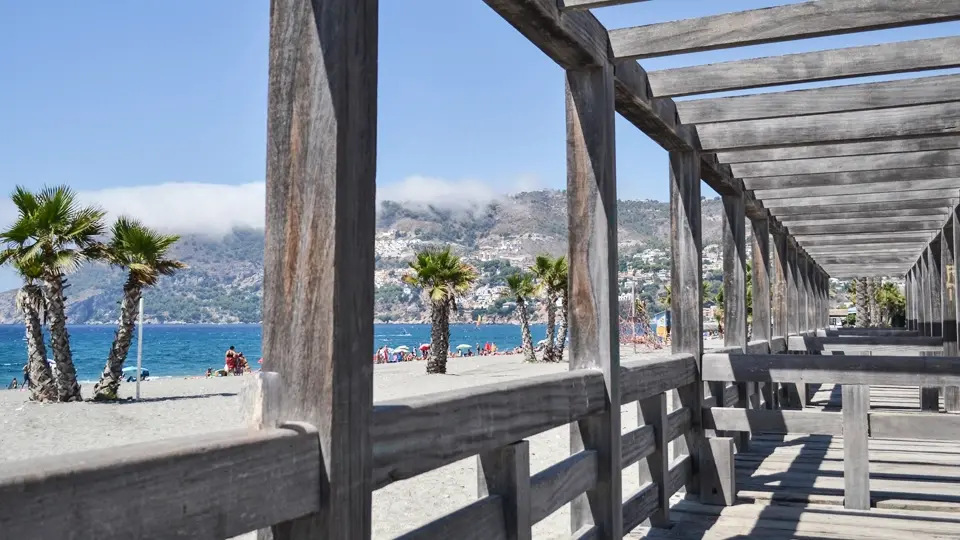
GASTRONOMY, CRAFTS AND LOCAL CULTURE
The flavor of the Costa Tropical is directly connected to its subtropical climate. When you visit this region, you will be struck by how the local gastronomy takes full advantage of this climatic gift, which allows for the cultivation of unique products in Europe.
Tropical fruits are the undisputed stars of the table. Local restaurants incorporate mangoes, custard apples, avocados, and papayas into traditional and innovative dishes. Choto al ajillo with mango sauce and avocado salads with Motril shrimp represent the perfect fusion of Mediterranean cuisine and tropical flavors.
Each bite tells a story of sun, sea, and mountains—a sensory experience that exists only where the climate allows for such extraordinary biodiversity.
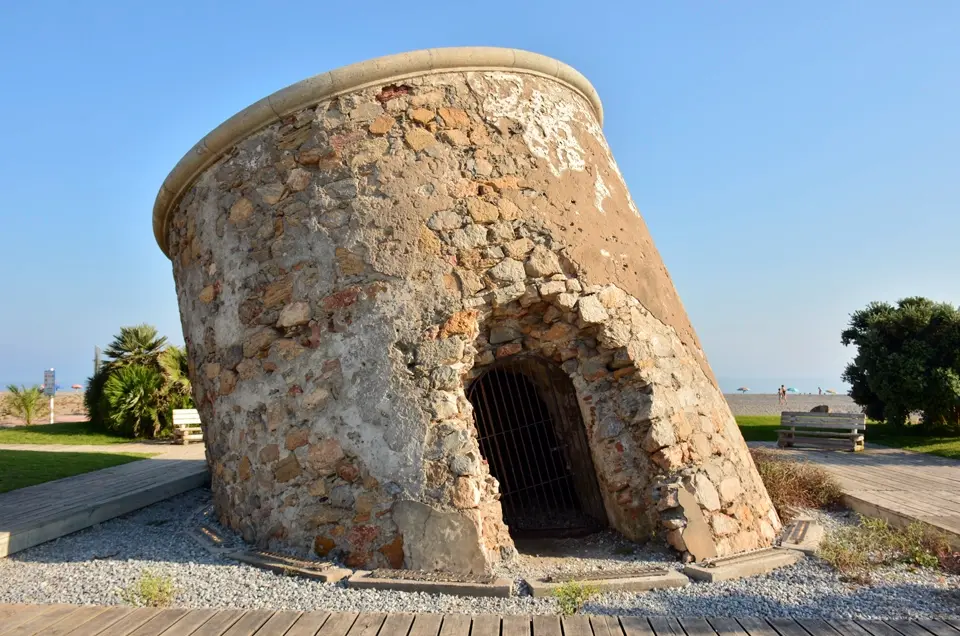
In the local markets of Almuñécar, Salobreña, and Nerja, seasonal produce shines in vibrant colors. Farmers in the area have adapted ancestral techniques for generations to take advantage of this exceptional microclimate. The result is a local cuisine that celebrates freshness and authenticity.
Handicrafts also reflect this connection with the environment. Esparto grass and cane, materials that thrive thanks to the mild climate, are transformed into baskets, hats, and decorative elements found in Axarquia craft workshops.
Local culture is steeped in traditions that celebrate the land’s abundance. Festivals such as Custard Apple Day in Almuñécar and the Mango Fair in Vélez-Málaga are authentic explosions of color, music, and flavor, showcasing the inhabitants’ pride in the treasures that only a tropical coastal climate allows one to cultivate.
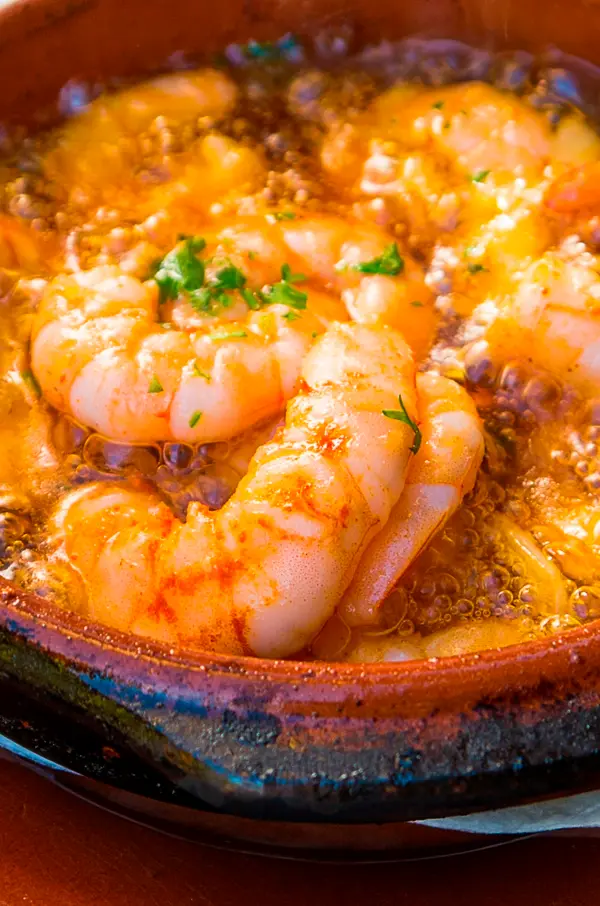
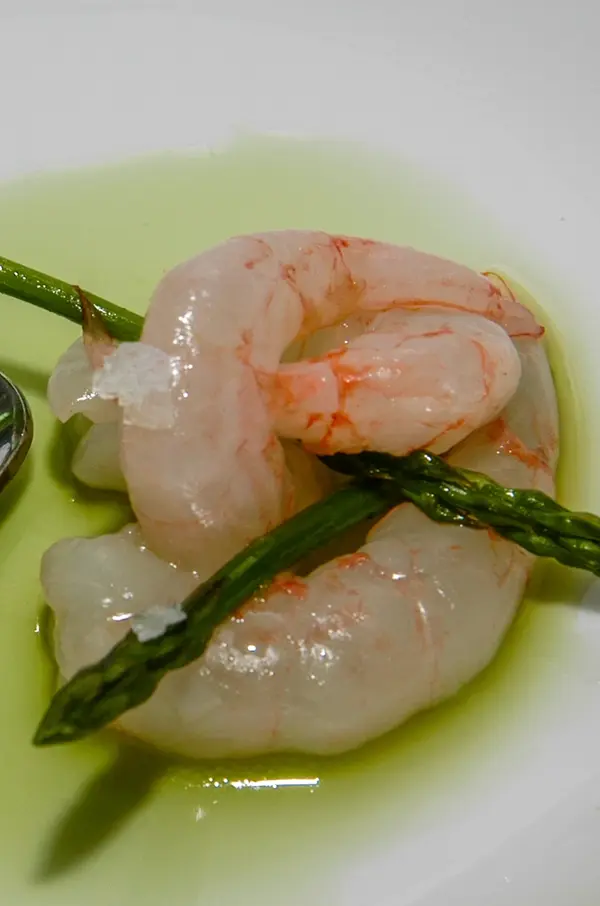
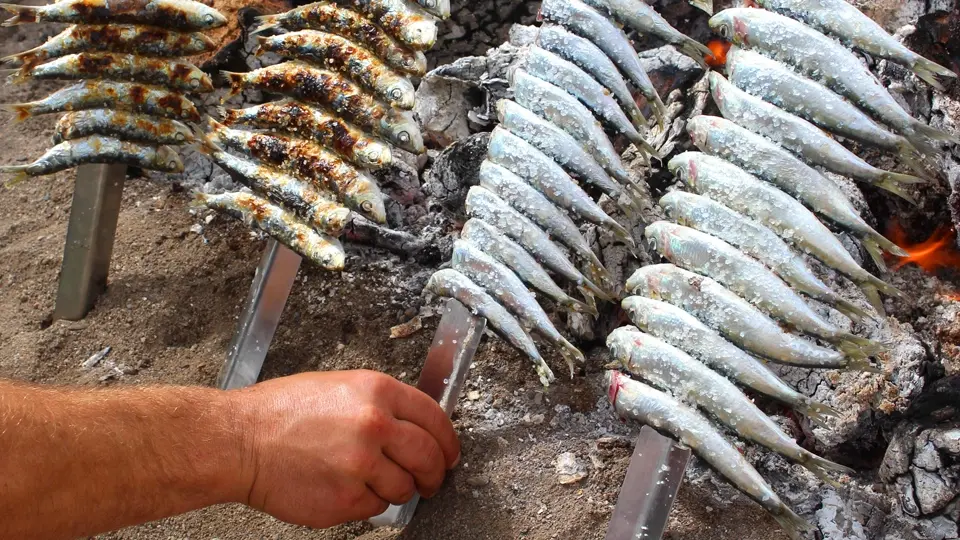
IT’S A CLIMATIC PRIVILEGE WAITING TO BE DISCOVERED!
When the sun shines more than 300 days a year, life changes completely. Walking through the streets of the Costa Tropical in the middle of January with just a light jacket on, you’ll understand why so many people consider this area a true climatic gem.
This exceptional microclimate transforms daily routines. While winter forces people in other European regions into seclusion, life here goes on in the open air. Cafés keep their terraces open, parks are full of laughter, and beaches are never completely deserted.
Living under this climate means waking up every morning knowing the sky will most likely be clear.
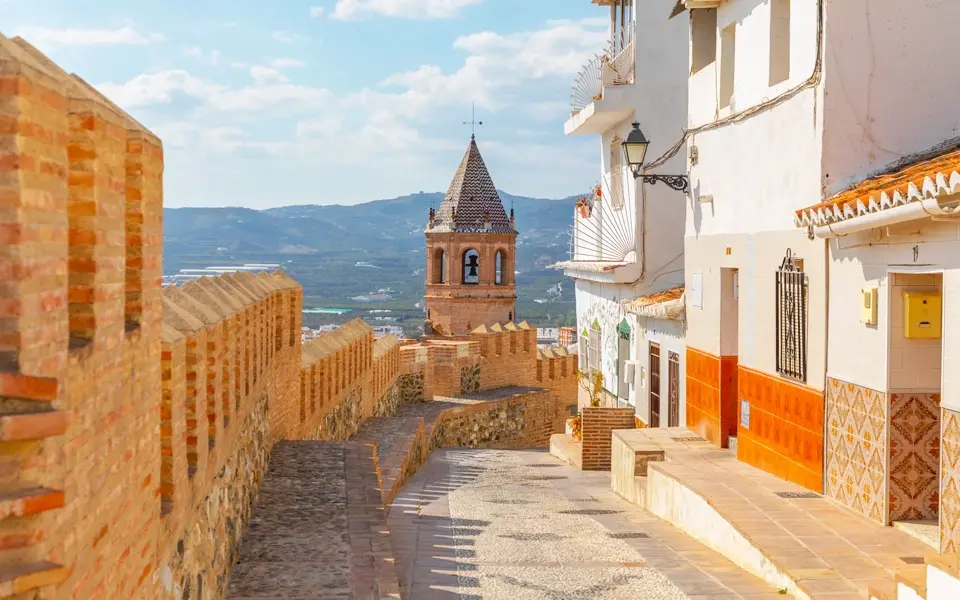
The Costa Tropical’s climate not only allows you to enjoy the environment, it also makes the environment a fundamental part of the local identity.
This gift of nature has tangible health benefits, of course. The combination of sea air and mild temperatures promotes physical and mental well-being. It’s no coincidence that people with respiratory issues often find relief when they move to areas like Nerja or eastern Axarquia.
The real luxury of the Costa Tropical lies not in large infrastructures but in being able to live in harmony with a climate seemingly designed for human well-being.
If you dream of experiencing this climatic privilege firsthand, contact Carameltrail to start planning your dream trip to Spain. You will discover every place where this microclimate reveals its magic in all its splendor.
